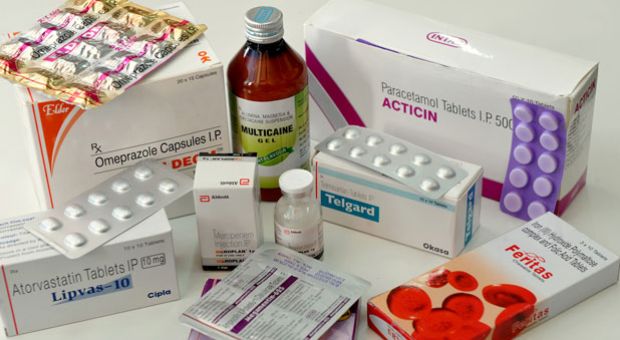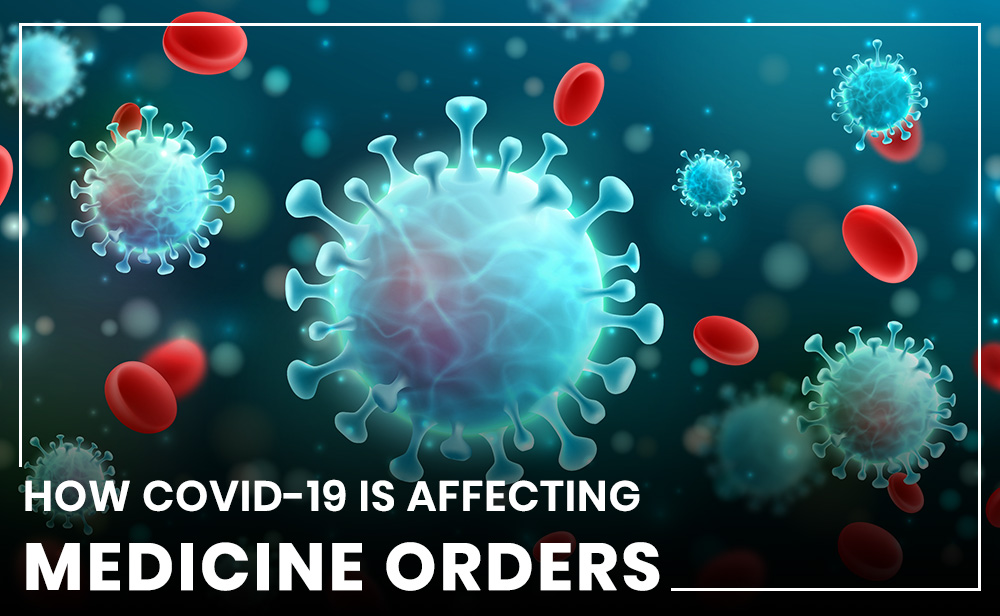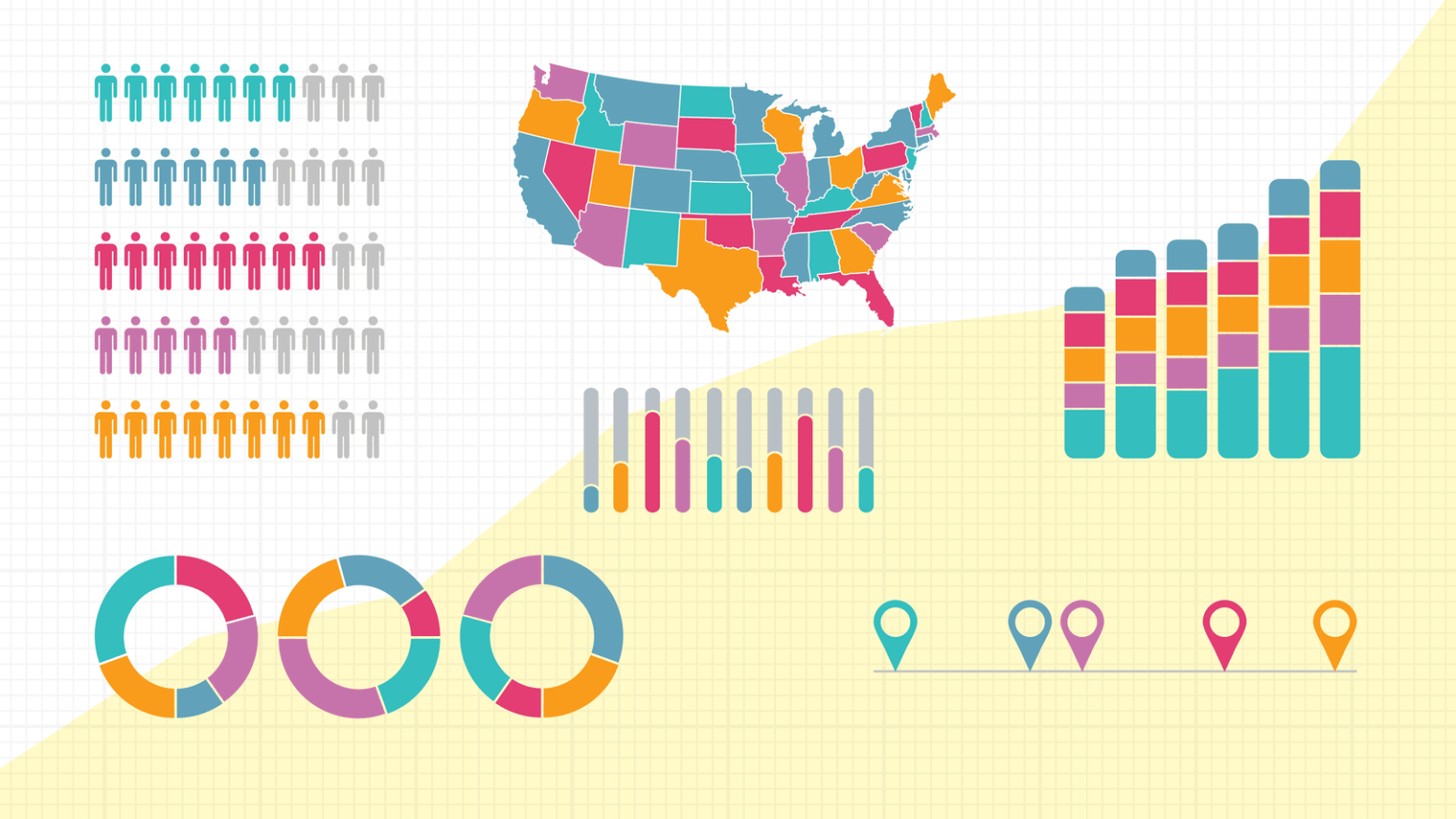Key takeaways:
Risk factors for severe COVID-19 infections and poor outcomes include comorbid conditions, low socioeconomic status, lack of access to healthcare, low-quality healthcare, and race and ethnicity.
Black and Hispanic patients are most at risk for a severe case of COVID-19.
The severity of a COVID-19 infection varies depending on the patient. Some patients will have more complications with the infection that could lead to hospitalization, ventilator use, or even death.
Researchers are still examining the exact factors that can lead to a more severe COVID-19 diagnosis, but one thing is becoming clear: The disease can be affected by both health and non-health-related factors.
Comorbid conditions can increase the risk of severe COVID-19 complications, and lack of access to healthcare and poor quality of care can make a patient’s situation worse. Patients of certain races and ethnicities, particularly Black and Hispanic people, are more at risk for severe COVID-19 due to higher rates of comorbidities and poverty, and difficulties accessing and receiving care.
In this piece, we’ll examine these factors in more depth.
Certain comorbidities lead to more severe COVID-19 cases
A comorbidity is when a person has more than one disease or illness at the same time — like if a patient has diabetes and coronary heart disease.
According to the Centers for Disease Control and Prevention (CDC), having the following conditions with COVID-19 can increase the risk for severe illness:
Chronic kidney disease
- Chronic obstructive pulmonary disease (COPD)
- A weakened immune system (immunocompromised state) from a solid organ transplant
- Obesity (body mass index [BMI] of 30 or higher)
- Serious heart conditions, such as heart failure, coronary artery disease, or cardiomyopathies
- Sickle cell disease
- Type 2 diabetes
The CDC has released preliminary data on the top comorbidities reported in patients testing positive for COVID-19. The two leading comorbidities seen in patients with severe COVID-19 cases were obesity and hypertension. Among the patients who had to be hospitalized, data showed that 49% were obese and 56% had hypertension. A person who is obese is not only at increased risk for severe illness but also increased risk of infection with COVID-19.
Other reports have noted a similar pattern. A study done in France found that 76% of patients admitted to intensive care for COVID-19 were obese. Similarly, a study conducted on factors associated with hospitalization and critical illness among 4,103 patients with COVID-19 in New York City found that obesity was one of the biggest risk factors for hospitalization. Another study on 5,700 hospitalized COVID-19 patients in New York City found the most common comorbidities to be hypertension (56.6%), obesity (41.7%), and diabetes (33.8%).
Overall, the presence of hypertension, diabetes, obesity, and coronary artery disease (CAD) seem to lead to higher rates of severe COVID-19 complications.
Certain races face a higher risk of developing comorbidities and severe COVID-19
Comorbidities put a patient at risk for developing a more complicated and serious case of COVID-19. And a patient’s race can place them at a high risk of comorbidities. Several studies and data show that some races are disproportionately affected by comorbidities in the United States.
In April 2019, the CDC published their findings from the National Health Interview Survey, which identified racial and ethnic disparities for certain diseases. Black and Hispanic people had higher prevalence rates for three out of the four top comorbidities associated with severe COVID-19 cases.
Rates of Comorbidities by Race
As we discussed above, high blood pressure can lead to severe COVID-19 complications. But controlling hypertension and taking the recommended medications varies by race. According to the CDC, 32% of non-Hispanic white patients control their blood pressure with medication. In contrast, only 25% of Black and Hispanic adults and 19% of Asian adults control their high blood pressure.
Sickle cell disease is a particular risk for African Americans
Additionally, the CDC has recently listed sickle cell disease as a comorbidity that increases the risk of a severe case of COVID-19. Sickle cell disease is a blood disorder that affects approximately 100,000 people in the United States and is most commonly seen among people whose ancestors came from sub-Saharan Africa; Spanish-speaking regions in the Western Hemisphere (South America, the Caribbean, and Central America); Saudi Arabia; India; and Mediterranean countries such as Turkey, Greece, and Italy.
CDC data shows that 1 out of 365 Black or African-American babies are born with sickle cell disease and 1 in 13 are born with the sickle cell trait. If a baby is born with the sickle cell trait, they are a carrier for the disease but will not develop it.
The Agency for Healthcare Research and Quality produced a Healthcare Cost and Utilization Project statistical brief that includes data on inpatient hospital stays for sickle cell patients from 2000 to 2016. Nearly 90% of hospital stays were for Black patients, and most of those patients (52.5%) were from the lowest-income communities.
Overall, comorbidities are higher among Black and Hispanic populations compared to white populations. Since comorbidities increase the chances of severe COVID-19 infections, this makes Black and Hispanic people more at risk.
Lower socioeconomic status puts patients at higher risk of severe COVID-19
Other than comorbid conditions, a person’s economic status also plays a role in their vulnerability to not only contracting COVID-19, but also their risk for a severe case.
A well-known and accepted theory among public health specialists is the “health gradient.” It is when lower socioeconomic status leads to higher illness and mortality rates.
Data from a Los Angeles County Department of Public Health report appears to support this theory in regard to COVID-19. The report’s findings made it clear that as income decreased, rates of COVID-19 cases and deaths increased — likely due to low-income patients having less access to care and lower quality of care. This unfortunate truth will be a crucial factor during the COVID-19 pandemic and who will disproportionately be affected.
Socioeconomic status and race/ethnicity
Socioeconomic status can determine how severe a COVID-19 infection will be. But certain races tend to have lower incomes than others.
Case in point: Black and Hispanic people over time have had lower median incomes and higher poverty rates than white people.
In 2018 the official poverty rate in the United States was 11.8%. However, Black people had a 20.8% poverty rate and Hispanic people had a 17.6% poverty rate in comparison to white people, who had a 10.1% poverty rate and white, non-Hispanic people, whose rate was even lower, at 8.1%.
Research indicates that Black and Hispanic populations are at heightened risk for severe COVID-19 due to lower incomes and higher poverty rates. In order to properly protect these vulnerable populations, the U.S. needs to provide them with accessible testing and affordable care.
Poor access to care makes it harder to get treatment for COVID-19
In a 2013 report, the CDC found that people who have lower income levels will have higher rates of mortality, morbidity, and decreased access to healthcare. The report also stated that low-income levels are frequent and constant with groups who demonstrate the poorest health. Those who already have trouble accessing healthcare are more likely not to receive treatment if they have a severe case of COVID-19, since getting care is so difficult.
Below is a chart showing the relationship between poverty level and ability to access healthcare. Those who had an income below 100% or at 100% to 199% of the federal poverty level were three times more likely to delay or not receive medical care compared to those with an income at or above 400% of the federal poverty level.
Percent of Delay or Non-Receipt of Healthcare Based on Poverty Level
In 2018, a report published by the Agency for Healthcare Research and Quality (AHRQ) also showed that lower-income individuals experienced worse access to healthcare than higher-income individuals. In their research, they looked at 20 measures of access to care including the following: having health insurance, having a usual source of care, encountering difficulties when seeking care, and receiving care as soon as wanted. Overall, lower-income individuals had worse access for 19 out of these 20 measures.
Finally, in a healthcare survey conducted on 722 low-income families in Oregon, lack of insurance coverage, poor access to healthcare services, and unaffordable costs were recorded the most by respondents. On average, 25% of publicly insured respondents noted that they were not able to access healthcare services. On top of that, 30% of respondents with private insurance noted concerns over the cost of their care.
So just because low-income families have insurance does not mean they are accessing care. And not all of those who have access to care are getting treated fully due to costs.
Access to care and race/ethnicity
The AHRQ report also showed that access to care differed not only by income, but by race as well.
The chart below shows how income and race groups differed in their experience with access to care. The data collected was based on different measures (ex., number of people with a usual primary care provider) to help quantify experiences with access to care. The number of measures that were compared per group was based on the available data. The year used was either 2016 or 2017 depending on the data that was available.
How Different Groups Rated Access to Care Measures Compared to White People
Hispanic people had the worst experience with access to care. They reported 75% of their measures being worse than white people. Black people experienced worse access to care for 43% of measures compared to white people, and Asian people experienced worse access than white people for 37% of measures. Black and Asian people had the largest disparity compared to white people for the measures related to timely access to care. Of the measures being reported, the largest disparities between Hispanic people and white people were those related to health insurance.
It’s important to identify people who struggle to access healthcare so the appropriate resources can be focused on supporting these people. Although this is important to recognize in normal times, it’s even more crucial during a pandemic. People who can’t access care may be more at risk of developing a severe case of COVID-19 that goes untreated and ultimately could be fatal.
Low quality of care among low-income patients can also lead to worse COVID-19 outcomes
Low-income patients are not only finding it difficult to access healthcare, but their quality of care can suffer, too. A study examined the effect of income on five patient-reported healthcare experiences (access to care, provider responsiveness, patient-provider communication, shared decision-making, and patient satisfaction) from 2010 to 2013.
A total of 16% of low-income patients reported poor communication with a provider. But only 9% of high-income patients responded the same. Very-low-income patients also reported poor provider responsiveness and poor shared decision-making twice as much as higher-income patients. The conclusion from this study was that low-income patients had overall a more negative healthcare experience.
Adults Who Had a Doctor’s Office or Clinic Visit in the Last Year Whose Providers Sometimes or Never Explained Things in a Way They Could Understand
Data from 2016 shows that double the amount of low-income adults (8.9%) than high-income adults (3.5%) had a doctor’s office or clinic visit in the last 12 months where health providers sometimes or never explained things in a way they could understand. This further supports the idea that low-income populations experience lower quality of care due to poor communication with their healthcare provider.
Quality of care and race/ethnicity
The AHRQ report referenced in the last section also looked at quality measures based on race. Black, American Indian or Alaska Native (AI/AN), and Native Hawaiian/Pacific Islander (NHPI) patients each reported worse quality of care compared to white patients on 40% of measures. Hispanic patients experienced worse quality of care compared to white patients on 35% of measures.
How Different Groups Rated Quality of Care Measures Compared to White People
In addition, a review of studies from 1995 to 2016 explored patient-physician communication between Black patients and doctors. This review found that in over 50% of studies, Black patients reported worse communication, more negative talk, less participatory decision-making, and shorter visits compared to white patients.
Lastly, a phone survey was conducted from 2007 to 2008 with a random sample of 8,140 patients with a chronic illness. The aim of the study was to examine the patient-physician relationship with regards to race and if it had an effect on a patient’s role in their own health. The results found that both Black and Hispanic patients saw their role in the patient-physician relationship to be less equitable than white patients did.
A similar phone survey study was done with Veterans Affairs (VA) patients to determine if there were racial differences in care. Results showed that Black patients had less trust in their VA care provider and system than white patients. They were also less satisfied with patient-physician communication.
Like comorbidities, Black and Hispanic patients are most vulnerable for a severe COVID-19 infection due to the likelihood of having lower quality of care. Even though they may have worsening symptoms from COVID-19, they may not try to get treatment due to poor quality of care in the past. And even if they seek care when they start to experience serious symptoms, their healthcare providers tend to deliver lower quality of care. Their symptoms may be dismissed due to the lack of communication and trust between the patient and the provider.
Summing it all up
The healthcare system is built in a way such that quality and access to healthcare, as well as overall health, depend on one’s race, ethnicity, socioeconomic status, and comorbid conditions. While patients have long faced the trials and tribulations of the healthcare system, certain inequities are becoming even more apparent during the COVID-19 pandemic and can no longer be ignored.
Due to the drastic difference in health outcomes based on these inequities, certain groups are more at risk for not only contracting COVID-19, but experiencing a more severe case and possibly death. For example: A county-level analysis of zip codes in Illinois and New York and concluded that the COVID-19 death rate is disproportionately higher among areas of poverty, crowded housing, and populations of color.
Data shows that depending on your race, you are more likely to have a lower socioeconomic status and a higher likelihood of suffering from a comorbidity. As described throughout this post, these factors can contribute to a person being more susceptible to having a severe Covid-19 case that could lead to hospitalization or worse. Black people in particular are one of the most vulnerable populations to COVID-19.
For example, preliminary Medicare data was recently released showing COVID-19 hospitalization rates by race. Black Medicare patients have almost four times the hospitalization rates compared to white Medicare patients, and Hispanic Medicare patients have double the hospitalization rate compared to white Medicare patients.
The CDC has also released hospitalization rates by race for patients with COVID-19. Hospitalization rates for non-Hispanic American Indian or Alaska Native and Black patients are both five times that of white patients. According to their data, Hispanic or Latino patients have a hospitalization rate that is four times that of white patients.
The data clearly shows who in our communities is most vulnerable to severe COVID-19 infections that lead to hospitalization. We must provide the resources to help mitigate the devastation happening to these populations









